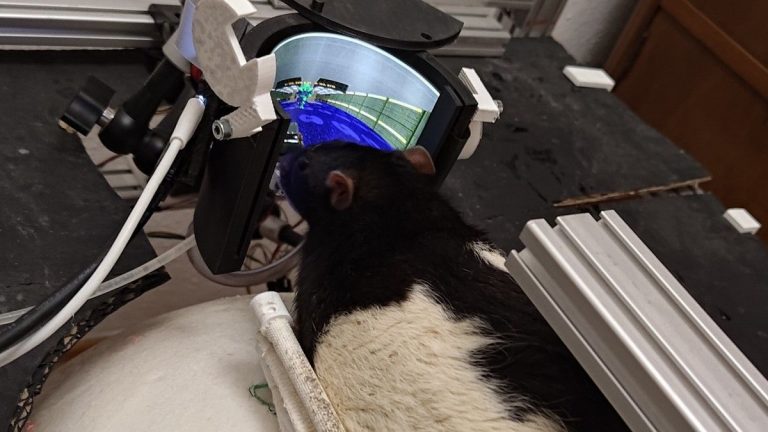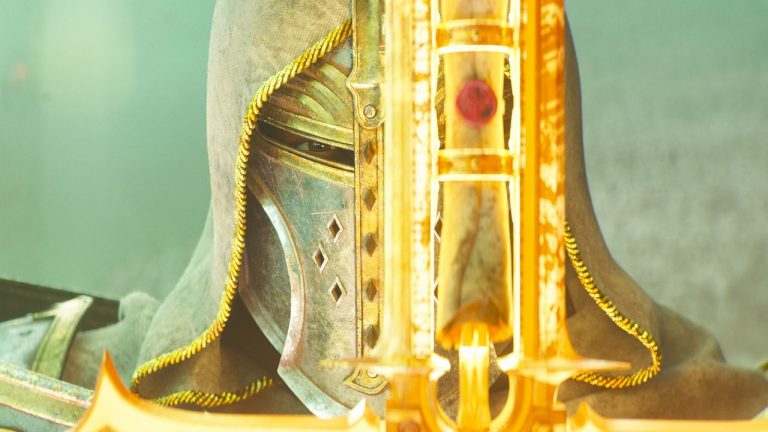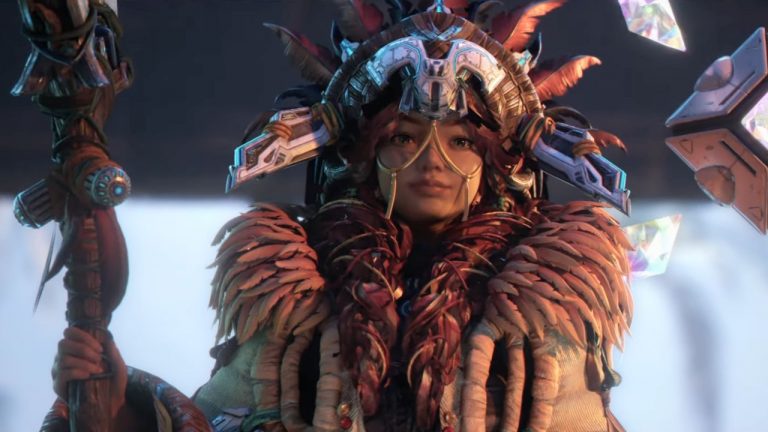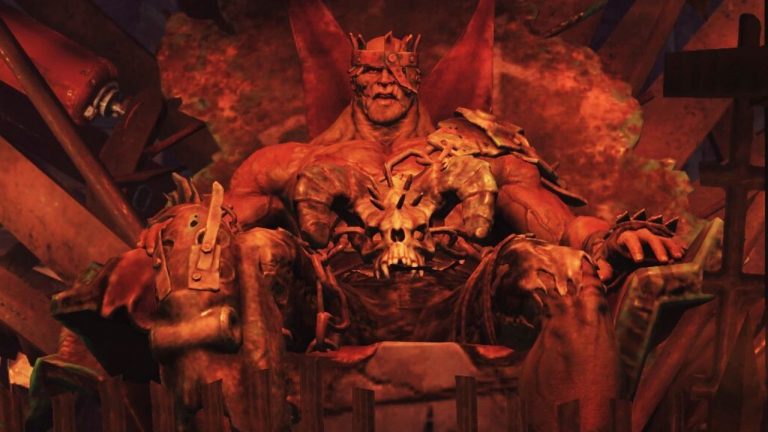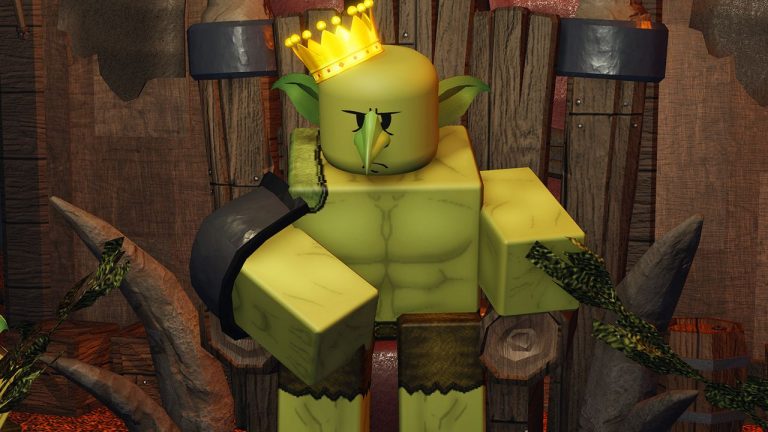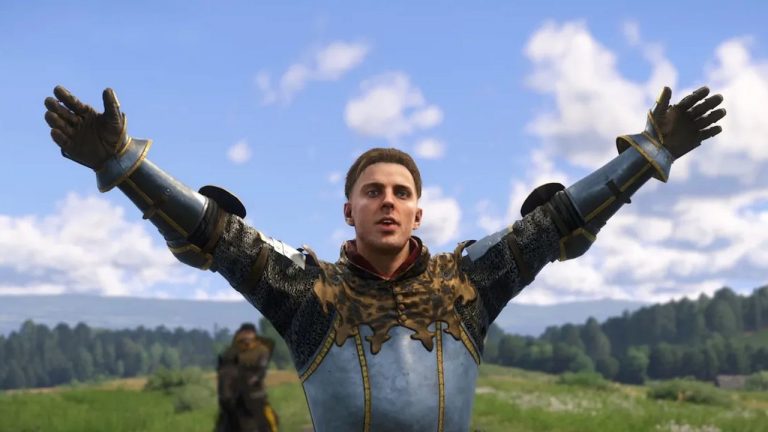Black Myth’s opening 10 minutes have two things to say. First, that if you know Journey to the West or some version of the story of Sun Wukong, this is the monkey king you know and love: a supernaturally powerful trickster, cocksure but able to back it up with the strength of a god and a deep well of special abilities. He can surf on clouds, transform into animals, create clones of himself, and freeze even mighty warriors in place to bully them with his staff, and you get to flex all those powers within minutes, as Wukong literally faces off against the armies of heaven who want to control his destiny.
Second, those 10 minutes are a statement that GameScience really wants to make a splash—that the Chinese studio founded to create this game can punch it out in the same weight class as the FromSoftwares and Capcoms of the world. I don’t think the combat is quite that good from the couple chapters I’ve played ( though associate editor Tyler Colp notes it’s a perfect entry point into the ‘soulslike’ world if those games are usually a bit too tough for you). But the scale, seamless transitions from combat to cutscenes, and especially arresting, dynamic camera work absolutely accomplish both those goals in Black Myth’s first few minutes. It’s the most wowed I’ve been by the start of an action game since God of War 3.
That PS3 game, released in 2010, took the “throw you into a dramatic action scene from the jump” mentality of its PlayStation 2 predecessors and literally HD-ified it. When Wukong saunters across a heavenly battlefield towards a seemingly infinite army and an entourage of gods a hundred times his size, I immediately thought back to the start of God of War 3, which opens with Kratos scaling Mount Olympus on the back of the titan Gaia. At the time it was a real “look what this console can do” showstopper, with the ground you’re standing on constantly shifting as Gaia ascends. Soon you’re hanging upside-down to fight off one of Poseidon’s sea beasts, leaping onto Olympus to disembowel some centaurs, defeating Poseidon himself and poking out his eyes with your thumbs (from a camera perspective inside Poseidon’s skull).
It’s brutal and nasty and reads more than a little edgelordy 14 years later, but that makes it the perfect 30-minute encapsulation of what God of War was until its reboot. Roid rage Kratos has never been in finer form, and it’s one of the all-time “look what our new console hardware can do” presentations for a game that otherwise played pretty much just like the one that came before it. God of War 3’s opening setpiece is also chock full of then-rampant quick time events, something it has in common with 2012’s Asura’s Wrath, one of my all-time favorite action games.
Like God of War 3 and Black Myth, Asura’s Wrath opens on an absurd scale, with your god-warrior Asura flying through space destroying meteor-sized monsters and eventually punching a creature half the size of the earth into submission. Technically it’s nowhere near as impressive as God of War 3 was a couple years before, with the only action being an on-rails shooting segment and a few timing-based inputs to dodge incoming lasers or deliver a big meaty punch. The big trick of Asura’s Wrath is how it eventually reveals that planetary scale to be just another Tuesday—most of the setpiece boss battles from that point forward are even more dramatic, as you take down the former allies who you saw casually bodying an entire armada of monsters with their bare hands in the intro.
Asura’s Wrath is one of the only games to use quick time events genuinely well. At first they seem rote, the too simple “press button to make cool thing happen” design that maybe should’ve just been a cutscene. But the game keeps escalating how cool the cool things are until it’s so over-the-top you can’t help but hoot and holler over what you’re “controlling” with a few timed taps or a single joystick flick.
At one point after your mentor has run you through with a mile-long sword you press one button and do exactly one 360-degree input to snap it out of your gut, grab it with your teeth (he already broke your arms) and slice him in half. That’s like, two hours into the game. It rules.
Asura’s Wrath also has some clever meta moments where your character’s rage meter fills during cutscenes, allowing you to trigger QTEs yourself while someone’s blathering at you. It’s a winking use of the form; the game designers clearly know that pressing a couple buttons to have your normal-sized character catch the fist of a planet-sized god is ridiculous, and ham it up accordingly.
Few other action games—maybe no action games—handled QTEs with Asura’s humorous flair, and I’m glad they fell out of fashion in recent years. Still, I expected Black Myth to drop a few in its opening when I saw the scale of the battle it was setting up. But nada! It’s mercifully restrained. A truncated combat tutorial set against a grand backdrop gives you just a few minutes with Wukong’s powerset before stripping it away in a controller-down, soak-it-all-in action scene that immediately made me want to seek out other adaptations of Journey to the West to better understand what I’d just watched.
I haven’t gotten close to the end of Black Myth yet, but I hope like Asura’s Wrath it pays off letting me get my revenge on the celestial beings who literally punched me back down to earth at the start. But it’s an impressively savvy opening to GameScience’s first game: Fast and to the point, no QTE baggage, and no doubt a treat for anyone who grew up with the adventures of Sun Wukong and had high hopes for an action game that really let him flaunt his powers. It also made me realize what a shame it is that neither Asura’s Wrath or the classic God of War games are on PC.
C’mon, Capcom and Sony—you’ve got some legendary action games in your back pocket just waiting for some love on Steam.



